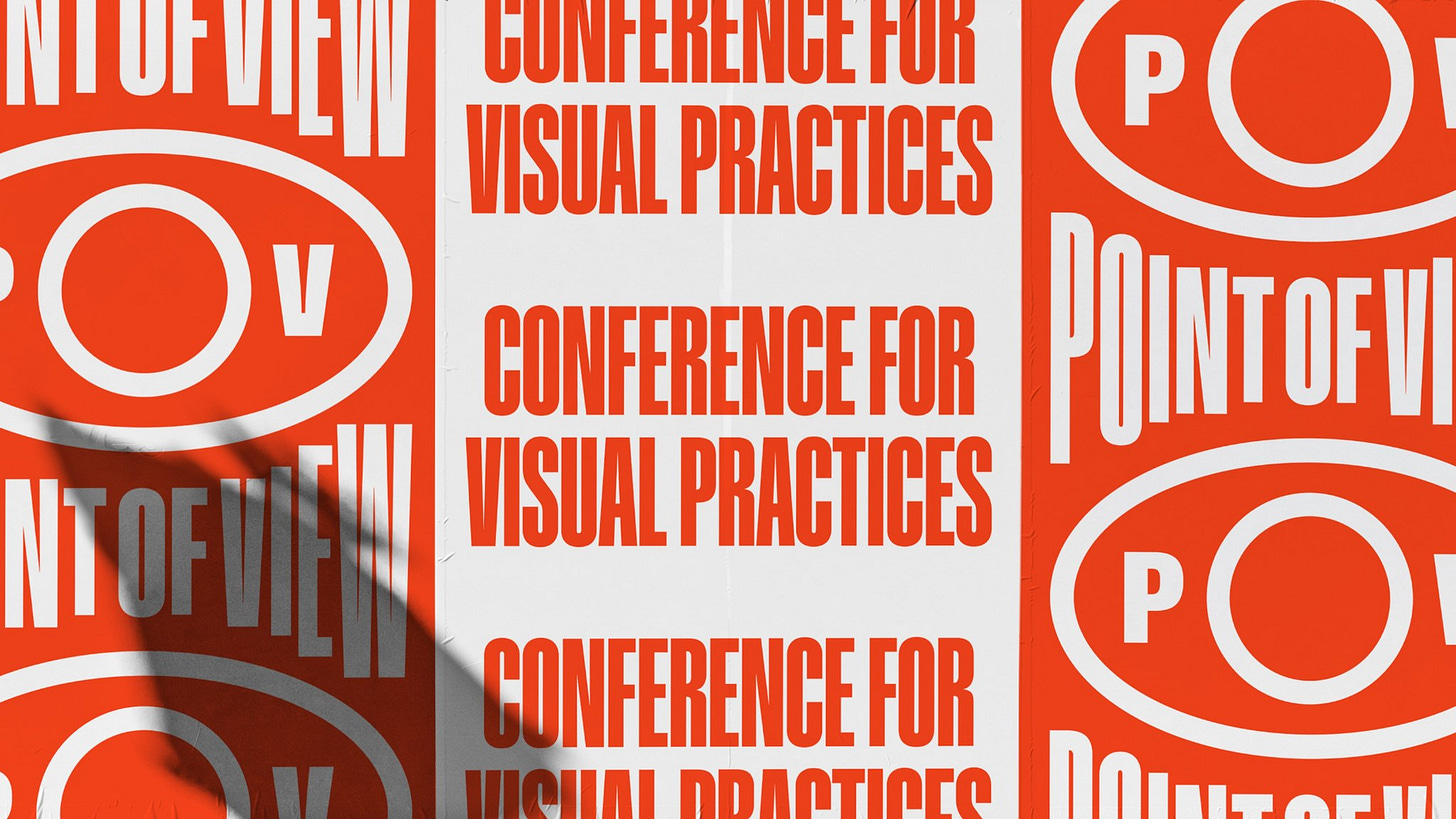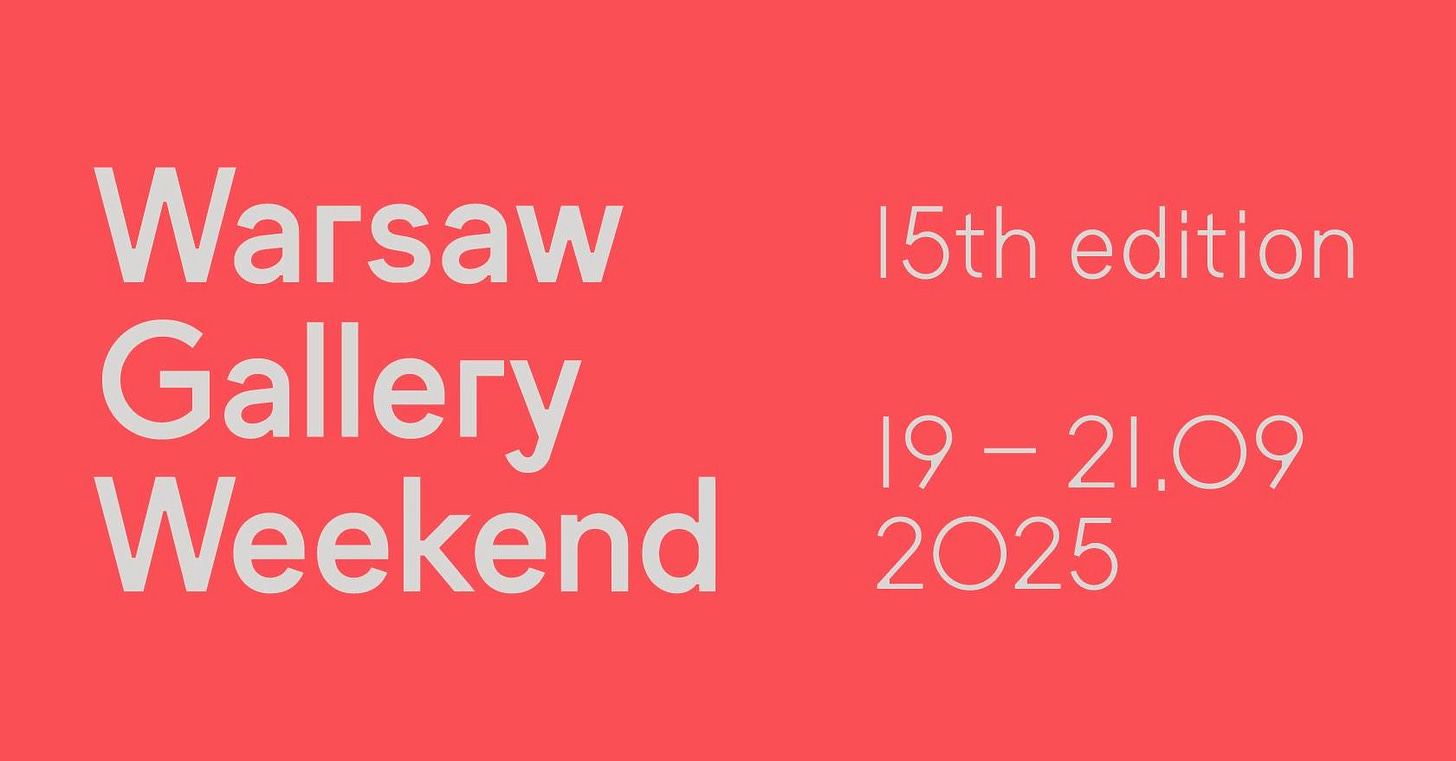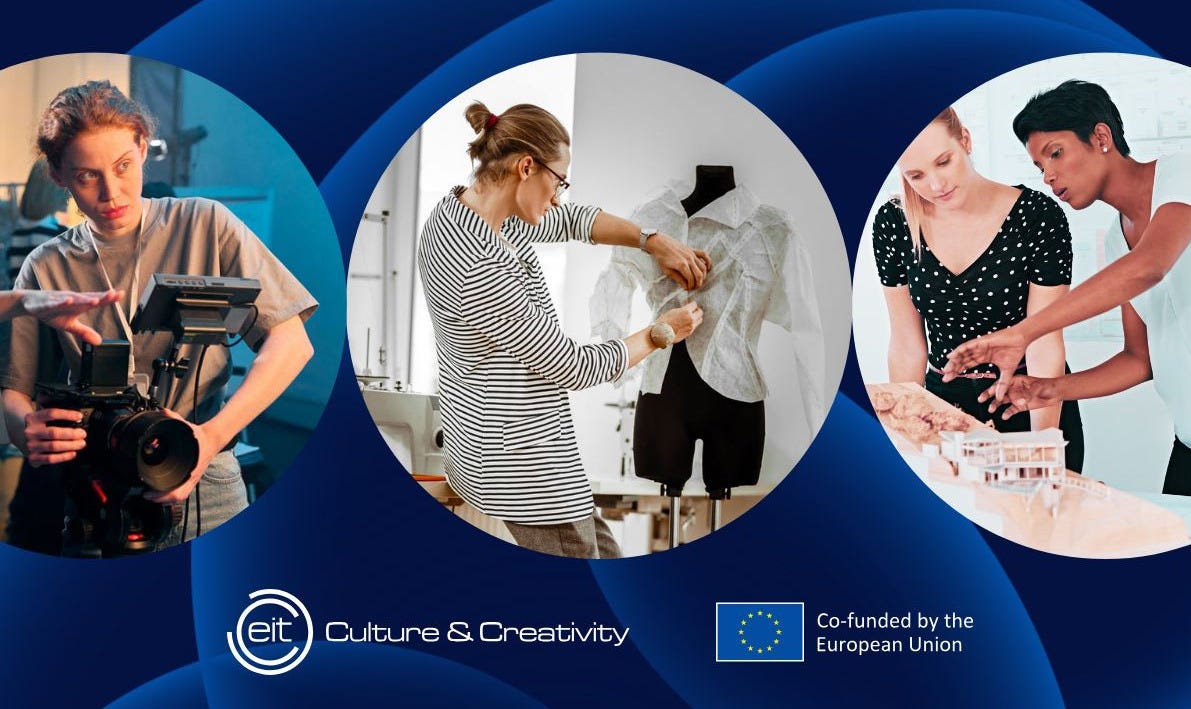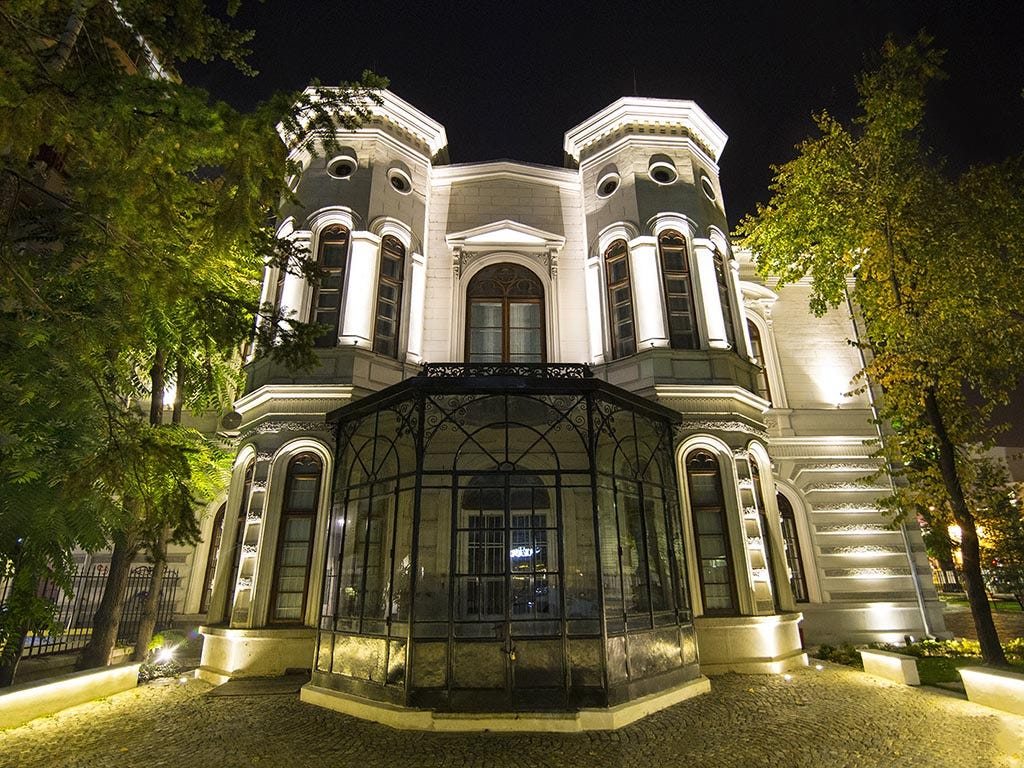Alt Events
#1
Founded in 1995 during the siege of Sarajevo, the Sarajevo Film Festival has grown into Southeast Europe’s most prominent and respected film event. Celebrated for its bold programming and commitment to regional cinema, the festival serves as a vital meeting point for filmmakers, critics, and audiences from across the world. With a strong focus on the Balkans and wider European cinema, the festival is also known for nurturing emerging talent and offering a platform for political and socially engaged storytelling.
This year’s edition takes place between 15-22 August and brings a lineup of premieres, retrospectives, and talks, highlighting both acclaimed auteurs and rising voices. Paolo Sorrentino, the Italian film director, screenwriter, and writer, will be the recipient of the Honorary Heart of Sarajevo Award this year for "outstanding contribution to the art of cinema". A retrospective of his films will also be featured as part of the festival’s "Tribute To" program
#2
Two creative studios from Budapest joined forces to launch the country’s very first design conference — a bold move to connect global creatives, spark fresh ideas, and grow the local design scene.
This year, POV Budapest returns with a vibrant weekend for anyone passionate about visual culture. On September 11–12, the National Dance Theatre becomes the heart of it all, featuring talks, workshops, and special guests — including a keynote from OpenAI, the creators of ChatGPT. Then, on September 13–14, the festival spills into the city with open studios, design walks, pop-up exhibitions, a designer market, and after-hours parties.
#3
Warsaw Gallery Weekend is an annual showcase of contemporary art organised by the leading private galleries from Warsaw and other Polish cities. Each year, during the last weekend of September, it features premier exhibitions of renowned artists as well as young, promising creators. The 5th edition takes place between 19–21.09.2025.
55 galleries, 52 exhibitions, almost 100 artists. Exciting collaborations, fresh debutants, and places worth visiting. The event’s program fosters an international dialogue on contemporary art, including exhibitions, meetings with artists and gallerists, performances, concerts, discussions, and accompanying events in partner institutions and galleries.
#4
The fourth edition of the Prague Art Week visual arts festival will begin on September 25 with the exhibition HAC#2 – Havrlant Art Collection 10th Anniversary at the Mánes Exhibition Hall. The exhibition will present a curated selection of key works from the past 10 years, many of which will be on view in Prague for the first time. The program also includes the Point Zero exhibition at the brand-new Kodl Contemporary space and the Young Selection 02 group exhibition at the art hub The House. On selected days and times, the festival will offer free admission to events at 40 galleries and other venues across Prague.
Ctrl Opportunities
#1
Open Call: Become a Spotlight LINA Fellow 2025–2026
LINA is a European architecture platform connecting 35 institutions and emerging creatives who challenge spatial norms and envision regenerative futures. They are looking for bold ideas—speculative or practical—that engage with architecture, the environment, and spatial culture.
20 selected individuals or teams will become Spotlight LINA Fellows, joining the LINA Forum in Pristina, Kosovo (Nov 2025), and be eligible to collaborate across Europe through the LINA Architecture Programme. All applicants will be showcased on the LINA platform and may be invited to work with LINA Members.
#2
Call for Master’s & PhD Modules – EIT Culture & Creativity 2025
Do you know a university or cultural organisation ready to shape the future of creative education? EIT Culture & Creativity is looking for bold, cross-sector teams to design new Master’s or PhD modules in Fashion, Architecture, Gaming, Cultural Heritage, or Audio-Visual Media. The call supports projects that bring together higher education, business, and cultural players to bridge skills gaps and spark innovation. Each selected module can receive up to €275,000 in funding, with a minimum of 20% co-funding. Proposals should include a university as lead, a business partner, and a third partner that adds learning or innovation value. The modules will run for one year, starting in January 2026.
Art Market
#1
Recent overall market status
As current global socio-political happenings keep popping, collectors’ attitude towards art as an investment in mid-2025 is subtle. Dealers and analysts now affirm that art prices are no longer on a guaranteed upward climb.
The new Art Basel & UBS Art Market Report 2025 shows a cooler but still active scene: global sales slid 12 % in 2024 to about US$57.5 billion, yet deal count rose 3% as buyers shifted to lower-priced pieces, and auction houses’ private sales jumped 14%. Europe followed suit: Total EU turnover dipped 8 %, but small galleries grew their business while online-only channels held steady, even though e-commerce values fell 11%.
For Eastern European collectors, this inclination toward affordable works matters: lots under US$50k were among the few segments to grow in both value and volume, creating fresh buying opportunities without the trophy-lot heat of recent years.
#2
How about NFT?
Digital and NFT art continue to occupy niche corners of the market. Art-related NFT sales briefly exploded (reportedly $2.6 billion in 2021), and three-quarters of very wealthy collectors have experimented with crypto-art. Nevertheless, by mid-2025, the initial frenzy eased up. Europe is seeing a handful of new NFT conferences, for example, NFT Paris in February 2025, but digital tokens have yet to remake the overall art market.
#3
Gallery and fair
Eastern Europe’s art scene is growing and developing. A Contemporary Lynx feature notes the region is at “a turning point, marked by a surge of new talent”, with Poland, Czechia, Romania and Slovakia emerging strongly on the international radar. Cities like Warsaw and Bucharest are cultivating vibrant local markets. Romania, in particular, has stepped up its art events: Art Safari, the largest exhibition event dedicated to art in Romania, presented (Mar 2025) in Bucharest both heritage masters and new Romanian artists under one roof. Soon after, the 3rd MoBU Bucharest Art Fair (May 28–June 1) drew 54 booths featuring some 200 artists from Romania and eight other countries. These events indicate growing infrastructure.
#4
On Romanian grounds
Romania’s collector base is experiencing a visible professionalisation rather than just youthful enthusiasm. The sixth Art Encounters Biennial in Timișoara (30 May–13 July 2025) brought more than 60 local and international artists - from Marina Abramović & Ulay to Joan Jonas - into three industrial venues, drawing acquisition tours by regional museums and private buyers.
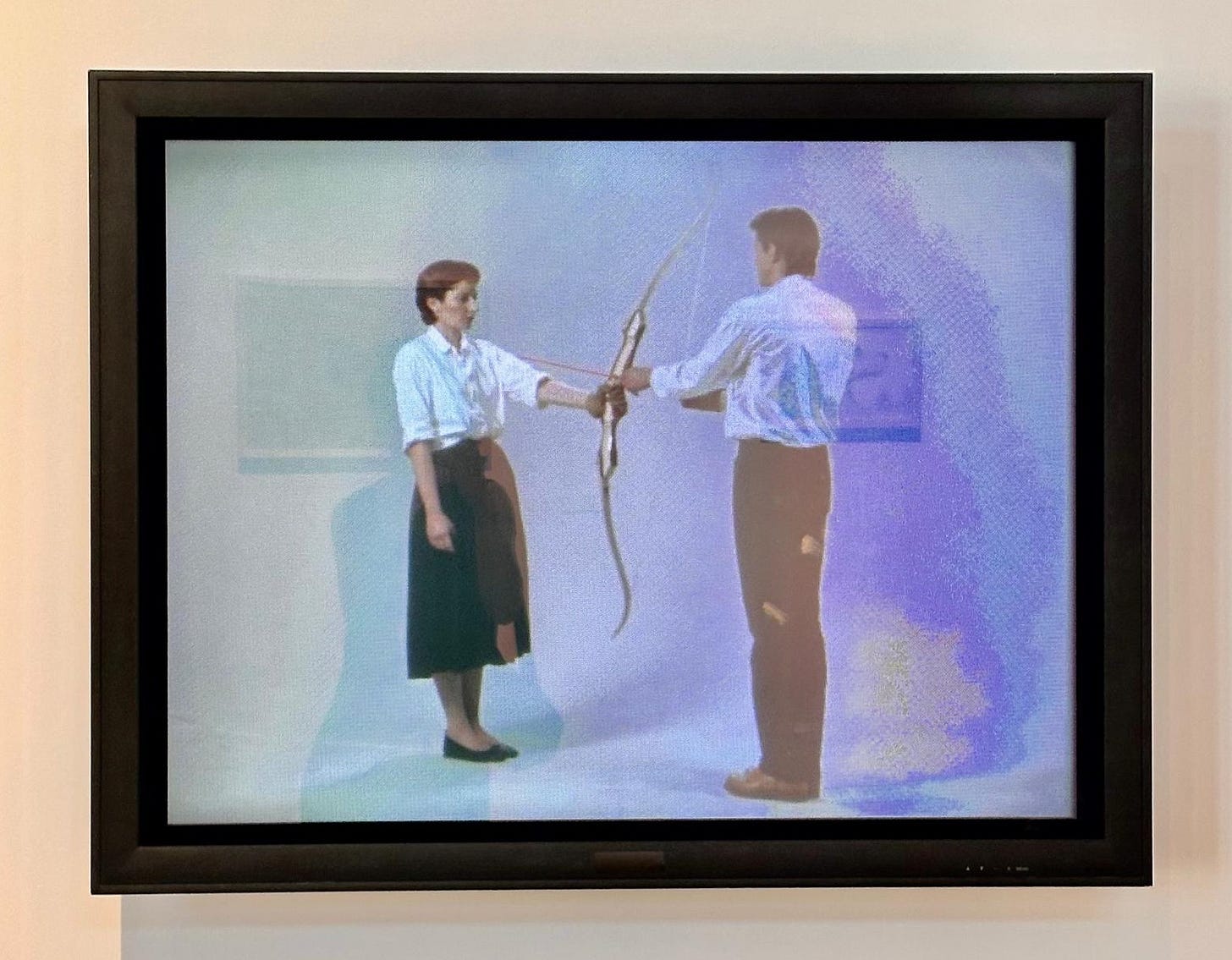
Beyond the fairs, the Society of Romanian Art Collectors (SCAR) convened its 13th annual “Petre Oprea” symposium on 26 June at Bucharest’s Palatul Suțu, linking collectors with historians and curators in discussions on management and market transparency.
#5
Romania moves to reclaim its masterpieces
Finally, note that cultural patrimony has become a hot issue in Romania. In Feb 2025, the Romanian government intervened to block a Christie's sale of El Greco’s Saint Sebastian (c.1610–14), once owned by King Carol I. The state is now pursuing legal action to repatriate the painting, underlining that national heritage can overthrow the market. Collectors and investors should watch for more such cases.
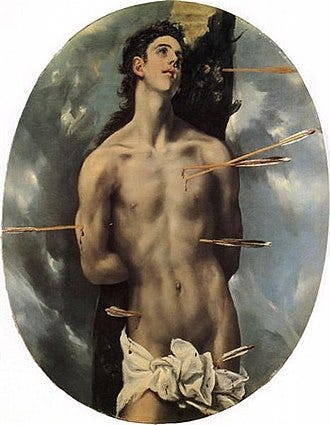
GOSSIP AREA
A sprinkle of fraud
Parisian art expert Bill Pallot and famous restorer Bruno Desnoues were convicted on 12 June for crafting and selling fake 18th-century chairs that fooled even the Château de Versailles, netting about €4.5 million before detectives figured it out. Pallot received a four-year sentence (most suspended), a € 200,000 fine, and a five-year ban from expertise work, while Desnoues got a matching term. Curators across Europe are now re-checking royal Provenances, and dealers whisper that anything with a Marie-Antoinette label now comes with a flush of court matters.
Just weeks later, Barcelona’s Museum of Forbidden Art locked its doors indefinitely (7 July) after only twenty months in operation. Founder Tatxo Benet blames months of lined up protests and huge losses. Instead, union organisers counter that poor working conditions forced the showdown. The 200-plus “banned” works, including those by Ai Weiwei, Goya, and David Wojnarowicz, are now condemned to tour as a nomadic show, adding a new twist to the debate over free expression and labour rights.
Meanwhile in Romania
Bucharest’s National Museum of Contemporary Art (MNAC) is in a tight corner over its headline show, Kazimir Malevich Supraviețuiri. The museum unveiled three “never-seen” Malevich canvases on 14 May, promoted locally as a world premiere. Critics quickly noted that authentication rested on a single ageing scholar, the works lack peer-reviewed provenance, and the exhibition is bankrolled by a dental clinic owned by the very collector who wants them accepted as real. An e-flux essay accused curators of offering “alternative facts” and ignoring basic verification norms, sparking memes about “Suprematist tooth-fairy money” and prompting calls for an external check of MNAC’s examining procedures. For now, the pictures stay on the wall until 31 August, but dealers warn that any sale would face intensive questioning, and local gossip says rival institutions have quietly declined to lend works to MNAC until the dust settles.
Nevertheless, at the beginning of June, videos showed influencer Andrew Tate smoking cigars during a late-night private event in the courtyard of Sibiu’s Brukenthal National Museum. Critics blamed the institution for “moral and cultural negligence,” and the director confessed that renting heritage venues without strict guest controls was a mistake. Collectors now joke that background checks may soon be as vital as climate control when loaning works to Romanian museums.








